
Prof. Dr. Senior Lecturer Cao Minh Tri
- Sir, in the context of global trade facing many risks due to the comprehensive reciprocal tax policy of the US, diversifying export markets for Vietnamese goods has become an urgent issue. However, when other economies in the world have to diversify export markets, compete in finding markets and niche markets, what challenges will Vietnam face in achieving the above goal?
Assoc.Prof.Dr.GVCC Cao Minh Tri: As of April 2025, Vietnam has signed, implemented and is negotiating 19 free trade agreements (FTAs) with countries and territories around the world . Therefore, in the worst-case scenario when the US - China escalates the trade war, directly affecting Vietnam's import and export, we still have other options.
However, Vietnamese goods must find ways to survive in markets that will become increasingly competitive. Economies such as India, Indonesia, Thailand, etc. are also promoting market diversification, with potential destinations such as the European Union (EU), the Middle East and Africa.
These markets all have many non-tariff barriers such as strict environmental standards, traceability and carbon emission reduction... or local requirements such as organic requirements in Europe, Halal in the Middle East... Our products are forced to compete in price, quality and ability to meet market standards with goods from economies that are equal to or better than Vietnam.
The problem is that Vietnamese businesses, especially small and medium-sized enterprises, often lack capital, technology and market information to penetrate new markets. For niche markets, businesses must meet long-term investment requirements and have separate strategies. The current dependence on export markets such as the US or import markets such as China makes shifting to new markets risky in terms of supply chains and costs.
In addition, although the business environment has been improved, there are still many overlapping and complicated regulations, while Vietnam still lacks an ecosystem to support small and medium-sized enterprises. To meet the standards for entering new markets, businesses must invest and change their production processes, technical standards, and invest in new machinery and equipment. Furthermore, having to simultaneously expand to new markets while still protecting and developing traditional domestic markets makes the requirements for resources and organizational capacity increasingly high.
Faced with such challenges, Prime Minister Pham Minh Chinh has repeatedly directed the diversification of markets, products and supply chains, and the urgent implementation of solutions to remove difficulties and support businesses. On April 7, the Prime Minister chaired a conference with ministries, branches, Vietnamese representative agencies abroad, associations and businesses to proactively adapt to the new situation of international trade.
Most recently, in Official Dispatch No. 47 dated April 22 on a number of key tasks and solutions to promote economic growth in 2025, Prime Minister Pham Minh Chinh assigned the Ministry of Industry and Trade and relevant ministries and branches to promote trade and effectively exploit signed FTAs; improve the capacity of officials of trade offices and Vietnamese trade promotion offices abroad to support businesses in connecting trade, promoting trade, adapting to new technical barriers, providing legal support in investment, international trade, etc.
In terms of credit, the Prime Minister assigned to continue studying to reduce lending interest rates, direct credit to the production and business sector, promote short-term loans to support businesses affected by US tariff policies... The Ministry of Finance was assigned to take the lead in developing fiscal support policies for businesses and workers in these affected industries and sectors.
Along with the policies to cut administrative procedures, business conditions, compliance costs, and improve the business environment being implemented, Vietnamese export enterprises will have more motivation to resolve the above challenges.
- In response to the US's reciprocal tax policy, the Vietnamese cashew industry immediately shifted more strongly to the Middle East market and determined to further develop this potential market. In the past three years, the Middle East has become Vietnam's 5th largest cashew importer and is likely to surpass Singapore to become the 4th largest market in the near future. Can the story of the cashew industry be considered a typical example for other commodity manufacturing industries, sir?
Assoc.Prof.Dr.GVCC Cao Minh Tri : The Middle East region is considered attractive with more than 400 million people and high per capita income. This is a market with an open economy, strongly developing foreign trade, tourism and services; has a large import demand, especially food and foodstuffs suitable for Vietnam's strengths. This region is in the process of attracting investment capital and import and export from the world, therefore, import and export regulations are not too strict, mainly regulations related to cultural factors such as Halal regulations.
The story of Vietnam's cashew industry's quick response to the US's reciprocal tax policy by shifting to the Middle Eastern market is truly a great example to learn from - not only for agricultural industries but also for other commodity manufacturing industries.
However, not all industries are easy to change markets. This also depends on stability, ease of preservation, few technical barriers, etc. Businesses do not easily penetrate the market mainly because of the large initial investment costs including marketing costs, costs of complying with Halal standards, and high logistics costs.
The government needs to support businesses through trade promotion programs, providing market information, and funding costs for participation in international fairs. Businesses also need to be encouraged and supported to invest in R&D to create high value-added products, such as organic food, environmentally friendly products, and meet international certifications (Halal, ISO, Fair Trade), thereby building the "Made in Vietnam" brand, creating a foothold, brand and trust in new markets.
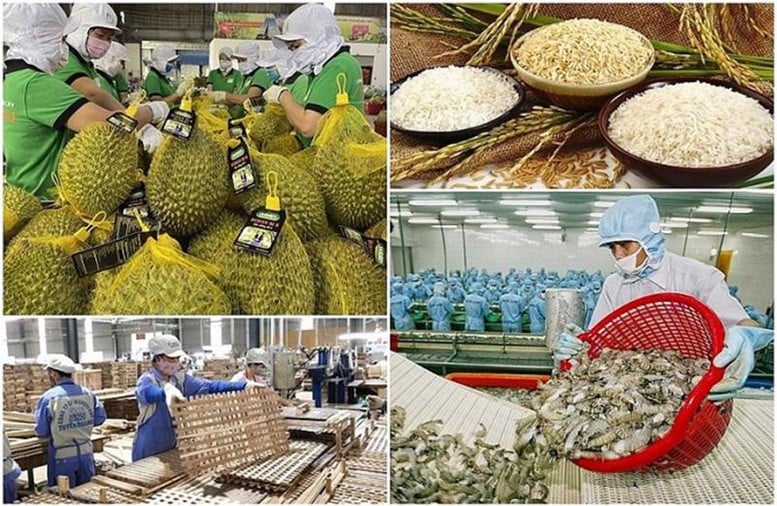
New impetus from trade promotion
- Expanding export markets will have to be linked to trade promotion. Sir, if trade promotion in existing markets is better, Vietnamese products and goods increase their market share in these markets, will we also be able to partly compensate for the loss from the US market, when the 90-day period of temporary suspension of reciprocal taxes ends?
Assoc . Prof. Dr. Cao Minh Tri : In my opinion, trade promotion needs the following important adjustments:
Firstly, trade promotion must shift from general to specific industry orientation. Each product group must have its own strategy, targeting the needs and tastes of each target market.
Second, promotion activities need to be more specialized and continuous, instead of just organizing short-term fairs and exhibitions. Currently, trade promotion is still heavily focused on fairs, seminars, B2B connections... which are "single battles". We need to promote long-term trade connection programs, build long-term promotion campaigns according to specific industries and markets , sign strategic trade contracts, and train businesses on local standards, tastes, and business methods.
Third, trade promotion needs to coordinate more closely with trade representative agencies abroad, industry associations, and especially large leading enterprises to act as "locomotives", leading small enterprises to penetrate deeper into the distribution system of the host country. Vietnam Trade Offices abroad must become a useful source of information for enterprises such as risk warning, providing market information, supporting connections and protecting enterprises.
Fourth, the application of digital transformation in trade promotion also needs to be further promoted, such as through cross-border e-commerce platforms such as Alibaba, Amazon, Shopee Global, organizing virtual fairs, connecting online trade, helping businesses reach international customers more quickly and cost-effectively.
Finally, promotion activities must also be linked to the national branding strategy, helping Vietnamese goods to be more clearly identified in terms of quality and value, not just competing on low prices. The State needs to have promotion support funds, training programs, specialized export consulting, subsidies for international booths, and funding for international certification costs such as CE for the EU, JAS for Japan, etc. for small and medium-sized export enterprises.
If these adjustments are made synchronously, I believe that Vietnam will not only make up for the shortage from the US market, but also enhance the position of Vietnamese goods in the international market.
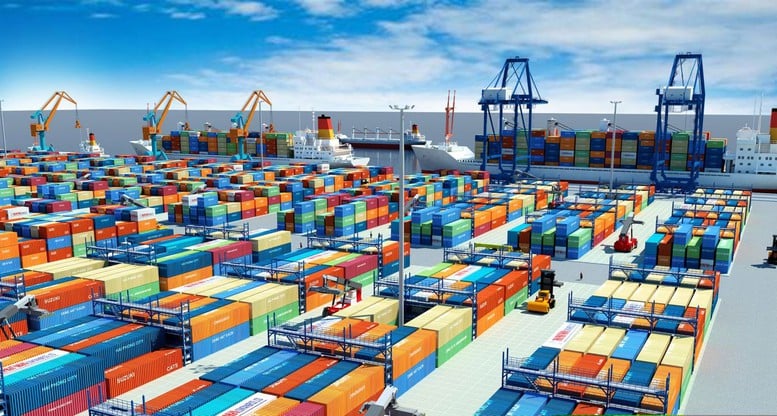
New market, new strategy
- In the long term, in your opinion, what are the important markets that Vietnamese products should target?
Assoc.Prof.Dr.GVCC Cao Minh Tri: On the one hand, Vietnamese goods need to maintain their position in existing markets familiar with "Made in Vietnam" products and markets in developed countries, such as the EU, the United States, Japan, Korea, ASEAN... On the other hand, we need to research and penetrate a number of markets including:
(1) Developing markets with high consumption growth rates such as India, the Middle East, and Africa. These are areas with young populations, strong demand for consumer goods, food, and clothing, but currently there is little presence of Vietnamese products.
(2) high-end niche markets in Europe, North America, Northeast Asia (e.g. organic food, sustainable fashion, clean technology products);
(3) CPTPP regional markets such as Canada, Mexico, Australia, New Zealand, where Vietnam has enjoyed huge tariff incentives but has not yet fully exploited its potential.
- So what approach should we take to realize the goal of diversifying export markets, for example, choosing strategic products and then spreading them, attracting other products or taking advantage of economic diplomacy?
Associate Professor, Dr. Cao Minh Tri : First, it is necessary to identify strategic products and markets in the direction of depth before developing breadth. After choosing strategic products, improving product quality, tightening diplomatic relations with a number of strategic partners, thereby creating a spillover effect, businesses expand trade relations with more countries and more product lines.
For example, cashews that have penetrated the Middle East market will consolidate their position, then lead to related complementary products such as processed fruits or packaged foods...
The selection of strategic products is based on the comparative advantage of the enterprise and the entire economy. This is the story of economic diplomacy. Markets that have FTAs and are friendly to Vietnam are where Vietnamese goods can penetrate more easily and there, we also have more opportunities to negotiate to reduce tariff and non-tariff barriers.
We should start in 1-2 countries to explore the market, create trade relationships, join trading blocs before expanding the market. For Vietnam, it is necessary to optimize logistics by improving port infrastructure, warehouses, and applying technology (such as blockchain in traceability) to reduce costs for businesses and increase delivery efficiency.
Of course, to open the door to new markets, exporting enterprises themselves must become more and more mature. Management agencies, professional associations, and industry associations need to build and expand ecosystems to support enterprises in general, and small and medium enterprises in particular. Attracting high-quality FDI capital flows with high added value and willingness to transfer technology to local workers also helps Vietnamese enterprises to increasingly improve their position in the value chain, creating an environment that promotes their growth.
Hoang Hanh ( performed)
Source: https://baochinhphu.vn/loi-di-cho-hang-viet-trong-boi-canh-thi-truong-xuat-khau-kho-khan-102250427155953648.htm


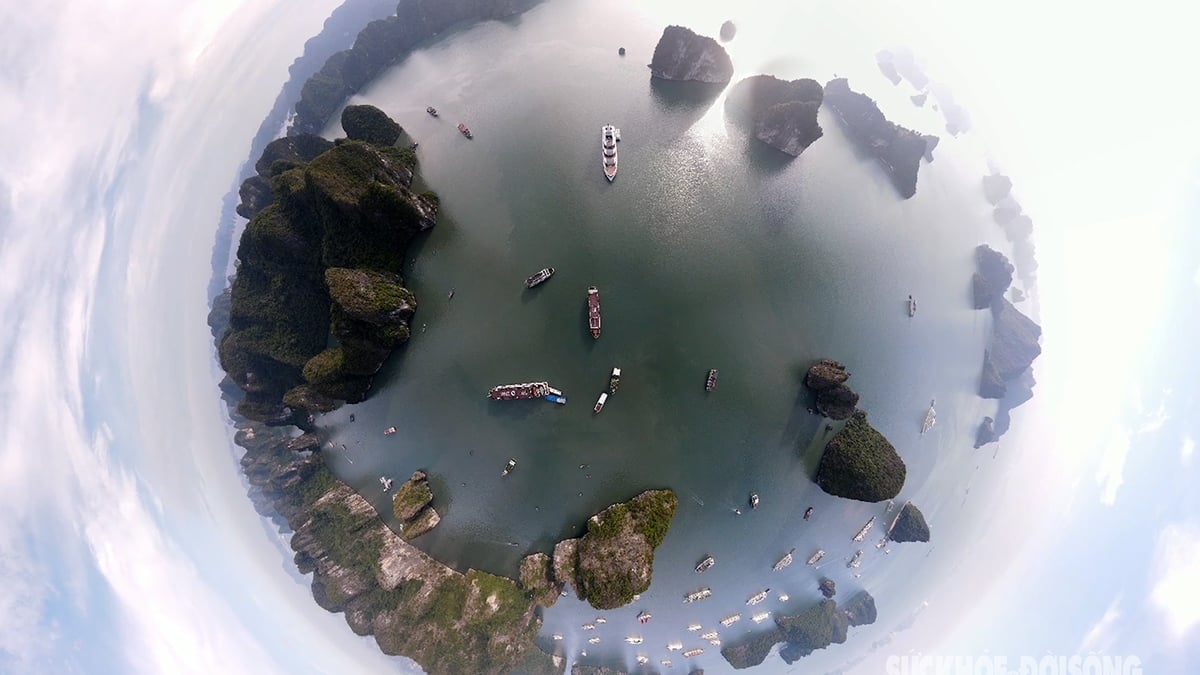




![[Photo] Prime Minister Pham Minh Chinh chairs a meeting on the implementation of the Lao Cai-Hanoi-Hai Phong railway project.](https://vphoto.vietnam.vn/thumb/1200x675/vietnam/resource/IMAGE/2025/5/20/0fa4c9864f63456ebc0eb504c09c7e26)


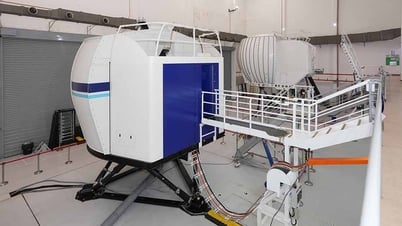

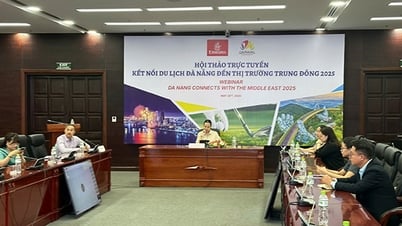










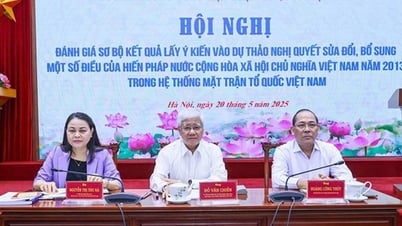


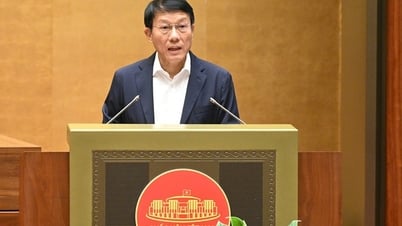





















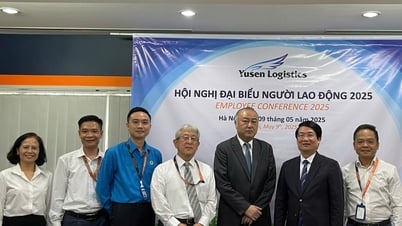


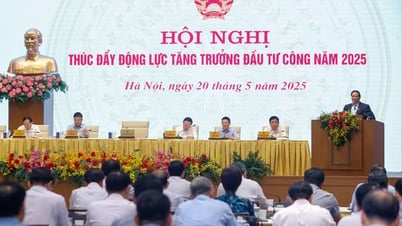






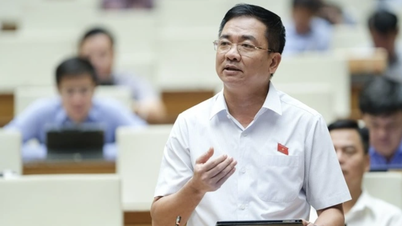
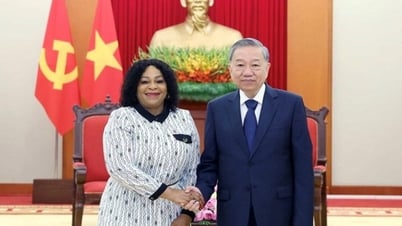






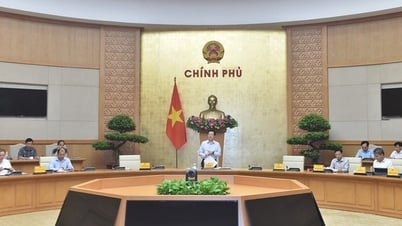



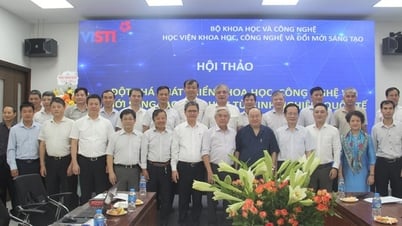
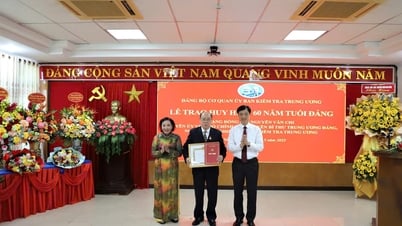


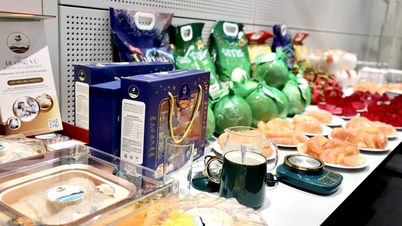




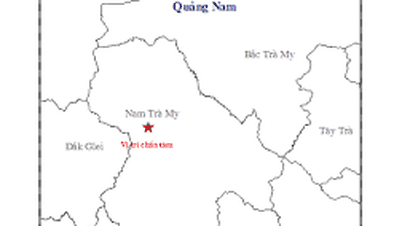















Comment (0)